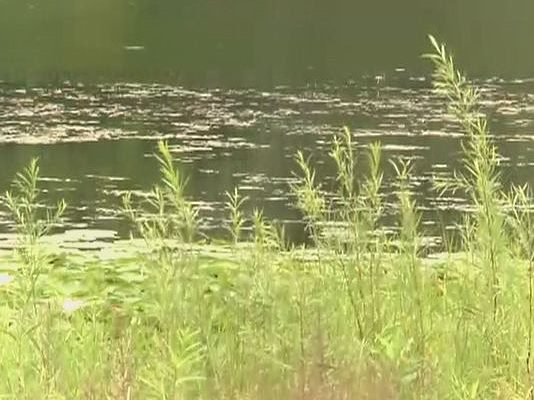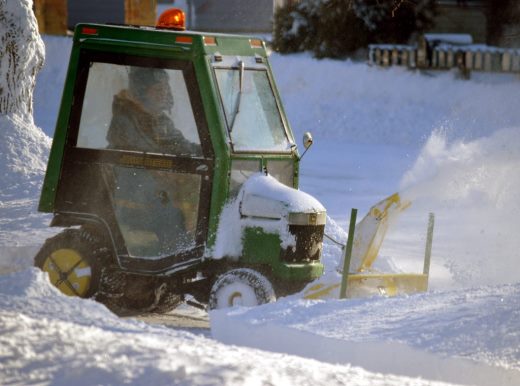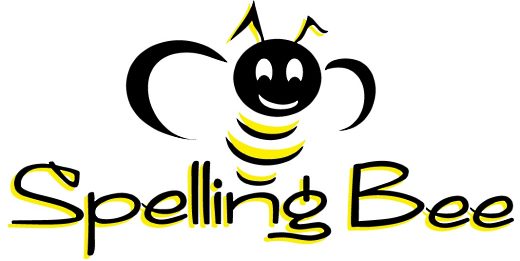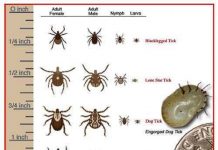Question state, national health officials trying to answer
A Thursday afternoon, July 9 Minnesota Public Radio (MPR) article noted that state and national health officials are working to determine whether Minnesota lakes are becoming more hospitable places for a deadly water amoeba that traditionally has posed a greater risk to swimmers in southern states.
Lab tests by the Centers for Disease Control and Prevention (CDC) and the Minnesota Department of Health (MDH) have been stepped up a notch after 14-year-old Hunter Boutain of Alexandria passed away on Thursday afternoon after contracted a life-threatening brain infection while swimming in Lake Minnewaska in Pope County. Officials suspect the infection is linked to the parasite Naegleria fowleri amoeba.
If Boutain’s case is confirmed, it would be the state’s third case of the Naegleria fowleri amoeba since 2010. The two other victims, both children, also died from their infections.
In 2010, Minnesota health officials were shocked when the amoeba claimed its first victim in the state. The paraside, which causes primary amebic meningoencephalitis, had never been found this far north. That August, the weather had been very warm and health officials suspected those conditions helped the amoeba thrive in one of the small, shallow lakes where the first victim, a 7-year-old girl, had gone swimming in Lily Lake in Stillwater.
Two years late, in 2012, a 9-year-old boy was infected in that same lake. Following, health officials in the lake’s home county, Washington County, closed the beach to swimmers.
This week’s case, however, is a puzzlement to health officials because it occurred in a much larger lake, and the area has not been subject to a current heat wave.
While a warming climate might make it easier for the amoeba to thrive in Minnesota waters, it can be found in fresh water all over the world, even when temperatures are lower. That risk, though, is extremely low.
Officials at the CDC say at least 133 people have been infected by the amoeba in the United States over the last five decades. Most infections have been traced to contaminated recreational water. A few people have been infected after rinsing their noses with tap water, and at least one child was sickened after using a backyard Slip ‘N Slide, CDC officials say.
The amoeba enters the brain through the nasal cavity, with diving or jumping into the water seemingly posing the greatest risks. It infects people by traveling up the nose to the brain and spinal cord where it destroys the brain tissue. The important thing is to avoid getting water up the nose by wearing nose plugs – or diving into the water.




















